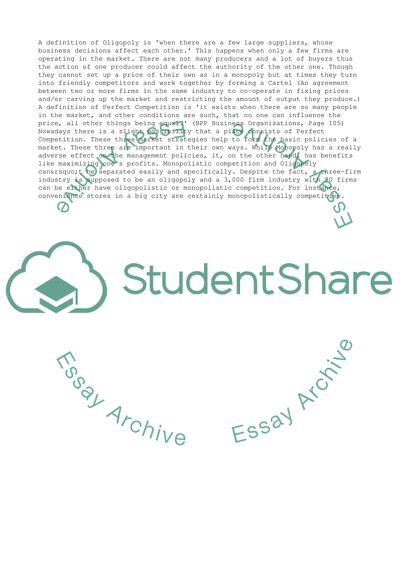Cite this document
(Advantages and Disadvantages of Monopoly in Serving Public or Consumer Research Paper, n.d.)
Advantages and Disadvantages of Monopoly in Serving Public or Consumer Research Paper. Retrieved from https://studentshare.org/management/1729828-microeconomics-term-paper
Advantages and Disadvantages of Monopoly in Serving Public or Consumer Research Paper. Retrieved from https://studentshare.org/management/1729828-microeconomics-term-paper
(Advantages and Disadvantages of Monopoly in Serving Public or Consumer Research Paper)
Advantages and Disadvantages of Monopoly in Serving Public or Consumer Research Paper. https://studentshare.org/management/1729828-microeconomics-term-paper.
Advantages and Disadvantages of Monopoly in Serving Public or Consumer Research Paper. https://studentshare.org/management/1729828-microeconomics-term-paper.
“Advantages and Disadvantages of Monopoly in Serving Public or Consumer Research Paper”, n.d. https://studentshare.org/management/1729828-microeconomics-term-paper.


